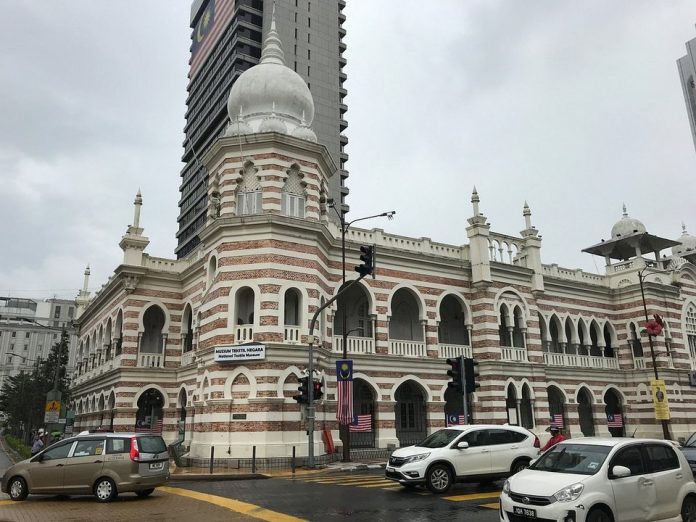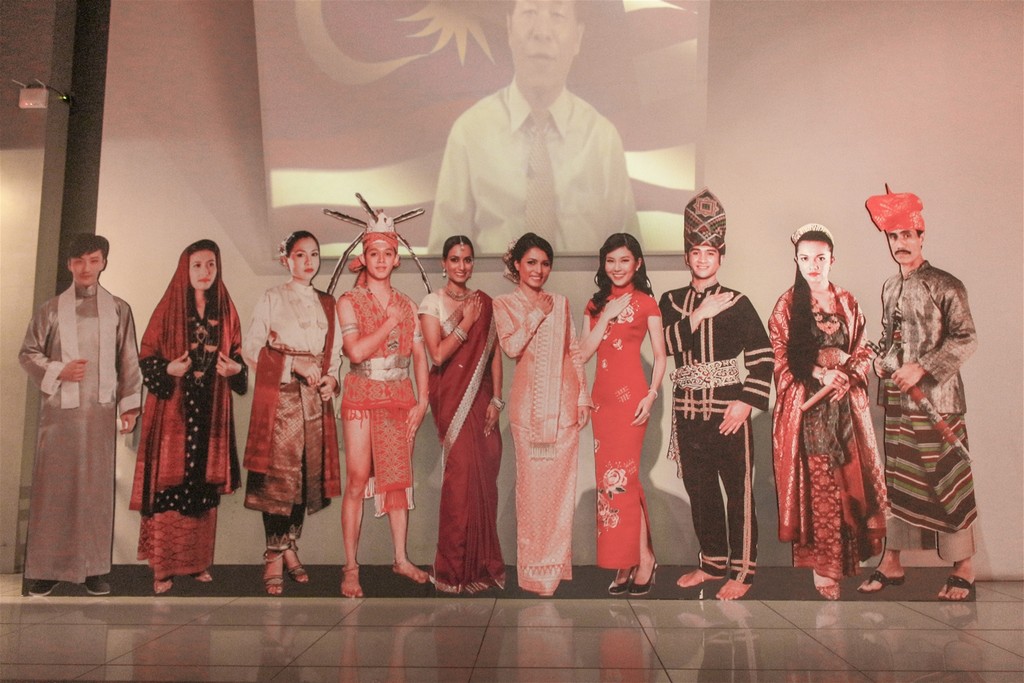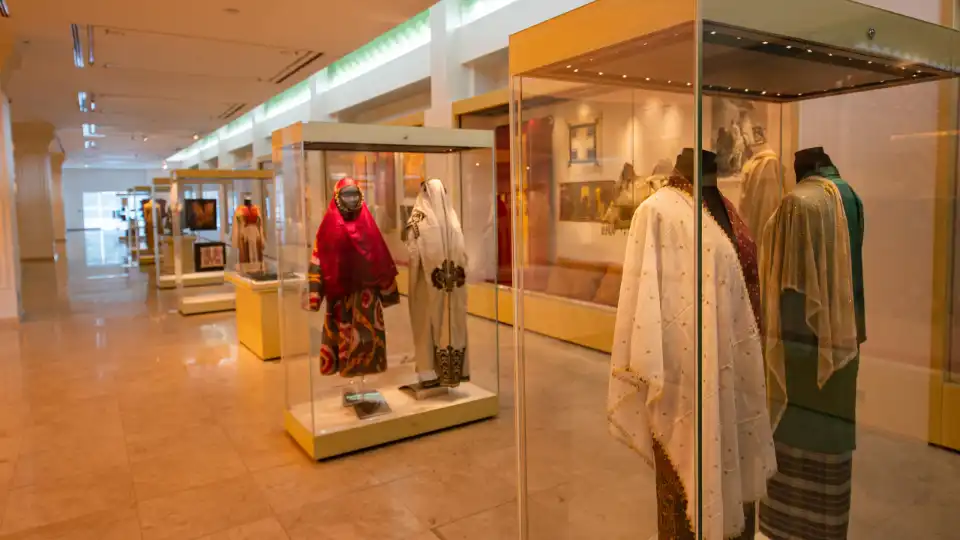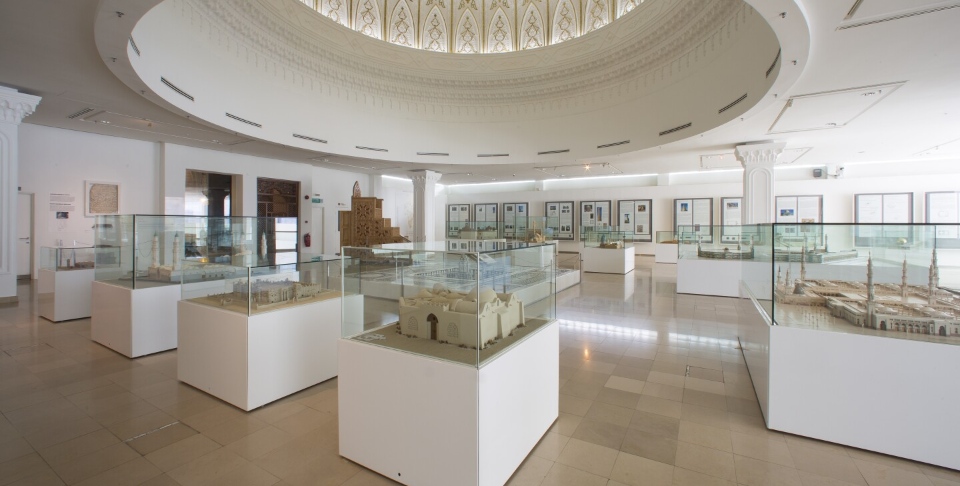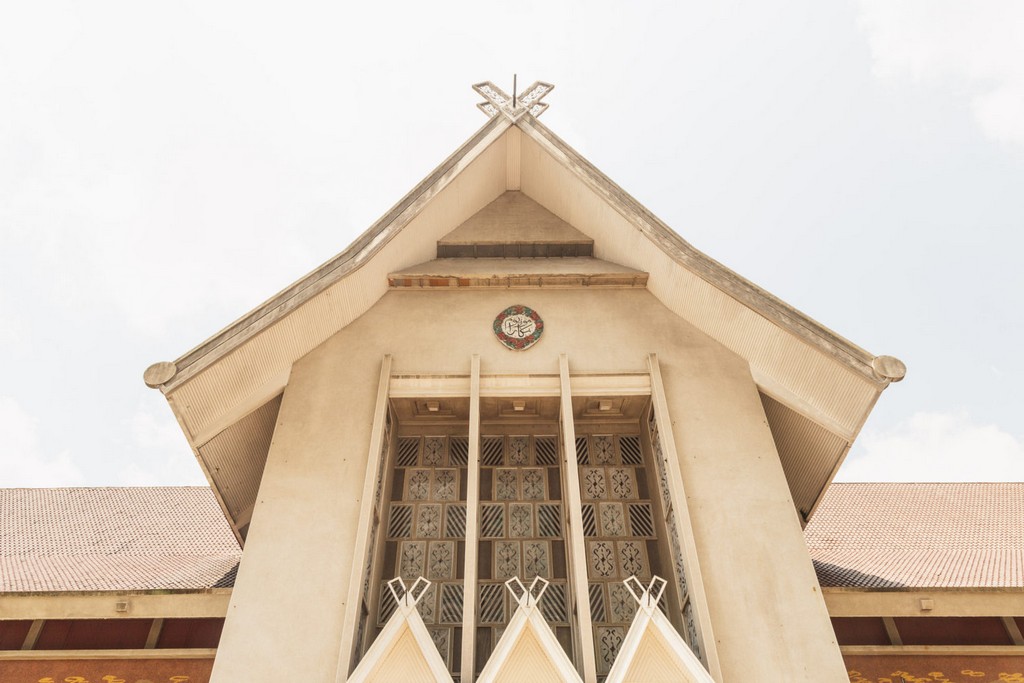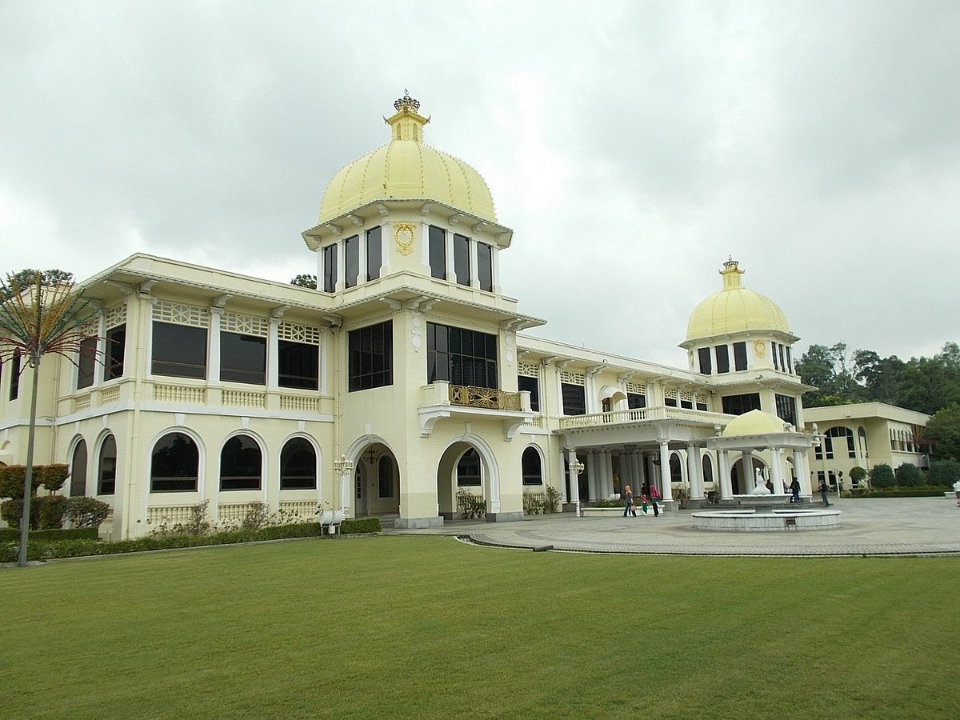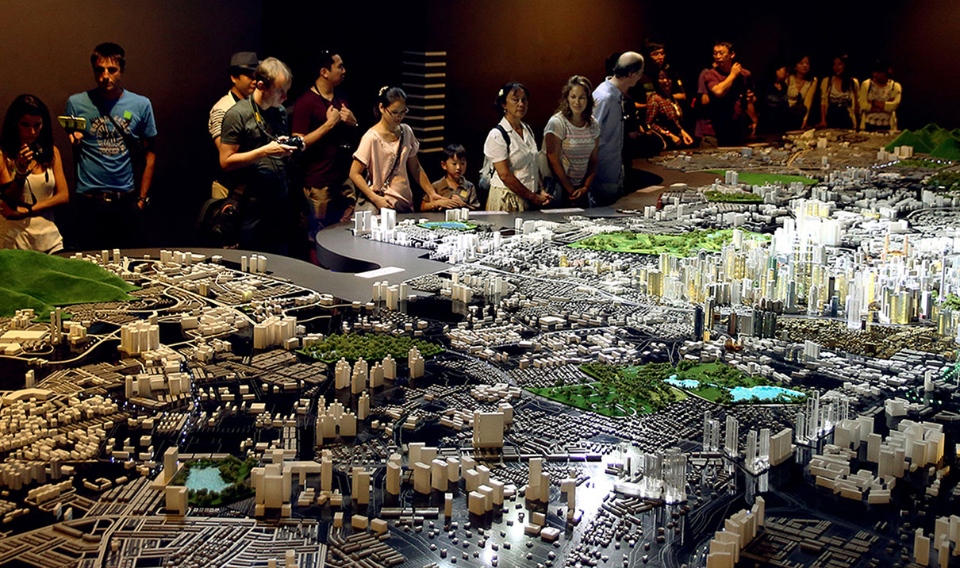As a young, dynamic, and culturally diverse city like a lot of other cities in Southeast Asia, Kuala Lumpur is always an attractive tourist destination for many tourists when visiting Malaysia. If you are planning to travel to Kuala Lumpur, besides those popular attractions, don’t forget to visit the museums constructed for documenting the development of this beautiful country, from culture to technological advancement and architecture. So, do you find some top museums in KL? Let’s check out our suggested top 9 best museums in Kuala Lumpur (best museums in KL) to help you understand more about the history as well as culture and art of Malaysia.
- Where to go in Kuala Lumpur ? — 8+ must-go & best places to visit in Kuala Lumpur
- Best infinity pools in Kuala Lumpur— 10+ best Kuala Lumpur hotels with infinity pool with breathtaking views of the city
- Top rooftop bars in KL — 13+ best sky bars & best rooftop bars in Kuala Lumpur
- Kuala Lumpur travel blog — The fullest KL guide for first-timers
- 2 days in Kuala Lumpur itinerary — How to spend 48 hours in KL & what to do in Kuala Lumpur for 2 days?
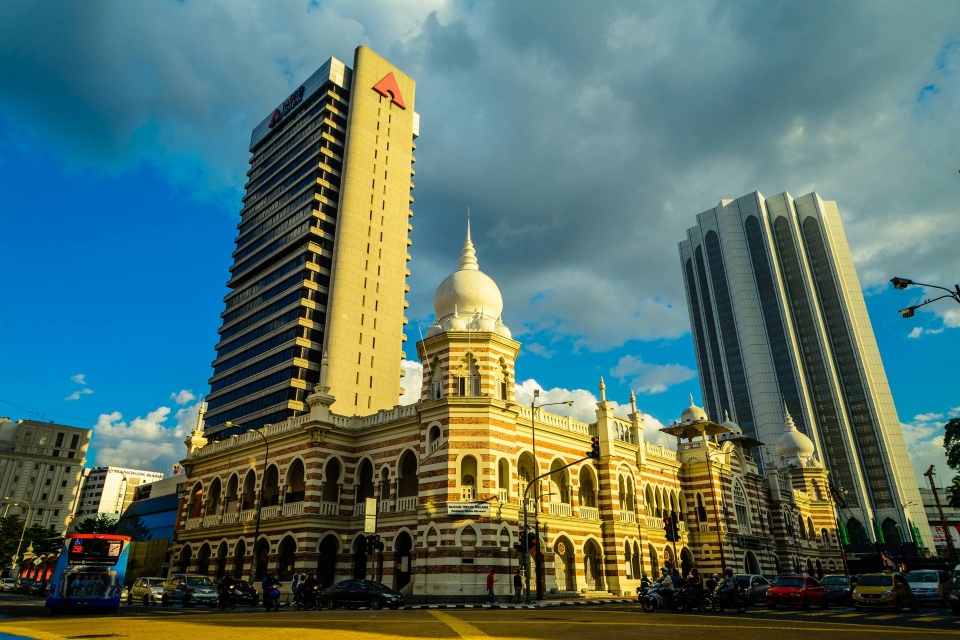
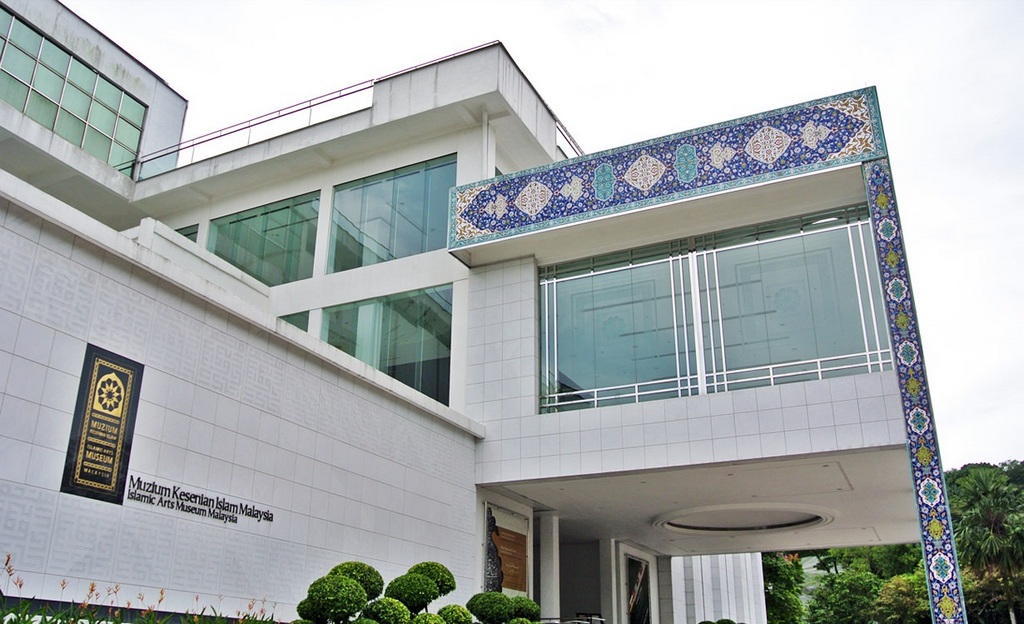
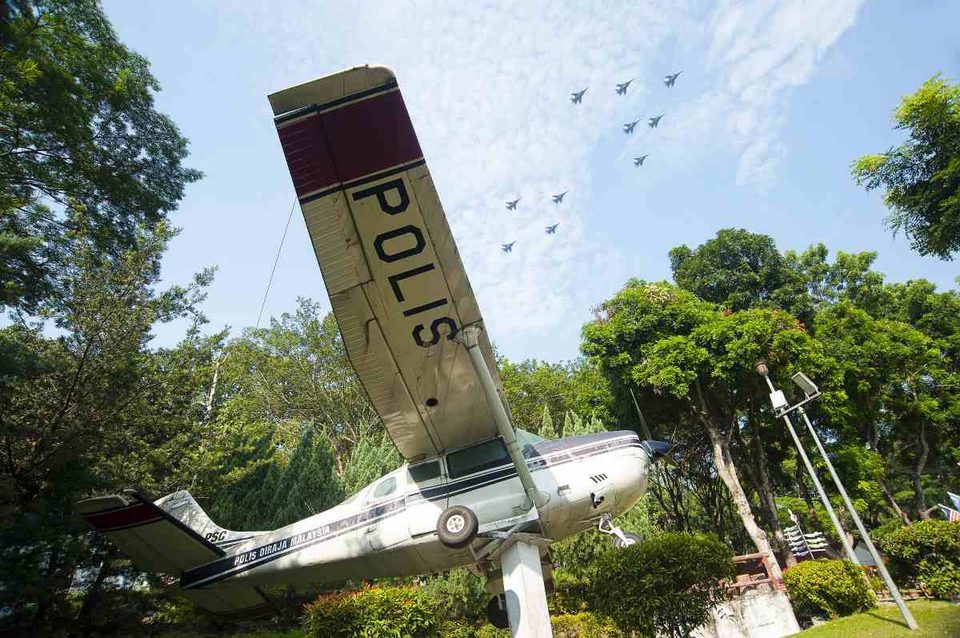
In this post, we would like to introduce 7 must-visit museums in Kuala Lumpur, Malaysia to help you make a decision to visit and discover the history of Kuala Lumpur and Malaysia to a larger extent.

Best museums in Kuala Lumpur: Islamic Arts Museum Malaysia
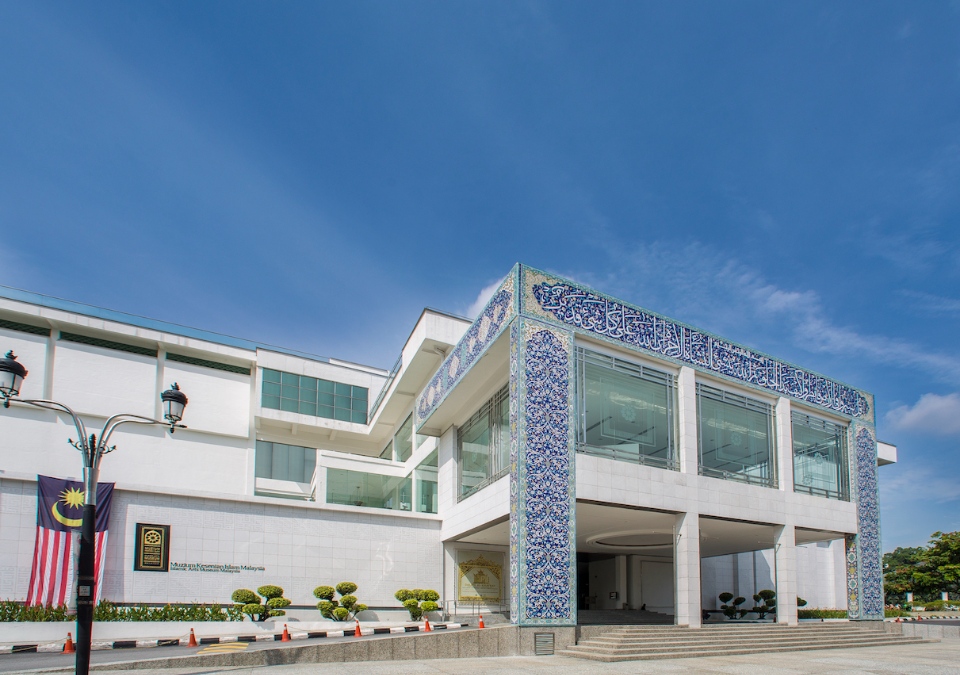
Islamic Arts Museum Malaysia is a museum of Islamic art, depicting the strange and intricate beauty, and historical and mystical stories of Islam. It is one of the most famous attractions in Kuala Lumpur, and also the largest museum of Islamic art in Southeast Asia. The museum possesses rich collections of Islamic decorative art from around the world along with impressive architecture.
The museum has a huge emerald green dome at the top of the building, glass walls that allow natural light to shine in, and vaulted ceilings decorated with intricate Islamic patterns. The large exhibition space has more than 7,000 artifacts preserved from ancient times, with fixed galleries located on the upper two floors, including twelve themes: Architecture; Bibles and ancient manuscripts; India; China; Malaysia; Jewelry; Textiles; Arms and armor; Coins and seals; Metal artifacts; Ceramics; and Woodwork.

Notable exhibitions in the museum can be mentioned are Kiswa (1964) – an exquisite curtain called “House of God” which is rotated every year and manuscripts such as biblical prayer books dating back to the 17th century. The architecture gallery also welcomes a number of visitors, with miniatures of well-known gigantic and sacred mosques meticulously carved in every detail such as Al-Masjid Al-Haram Mosque in Mecca, Xian Mosque in China, and so on. Located on the ground floor, the museum’s souvenir shop has a wide choice of Islamic handicrafts from around the world, including stationery, T-shirts, books, puzzles, and even fancy jewelry.
Currently, the museum also invests in its facilities, establishing a children’s library with storytelling activities and art and craft lessons to develop the imagination as well as creativity of children. Besides, there is a restaurant with dishes from all over the world. Though the price is slightly higher than other places, it is really tidy and cool. Overall, Islamic Art Museum Malaysia definitely offers an interesting experience, giving visitors a unique and mesmerizing insight into the Muslim world that is often not recognizable to some people.
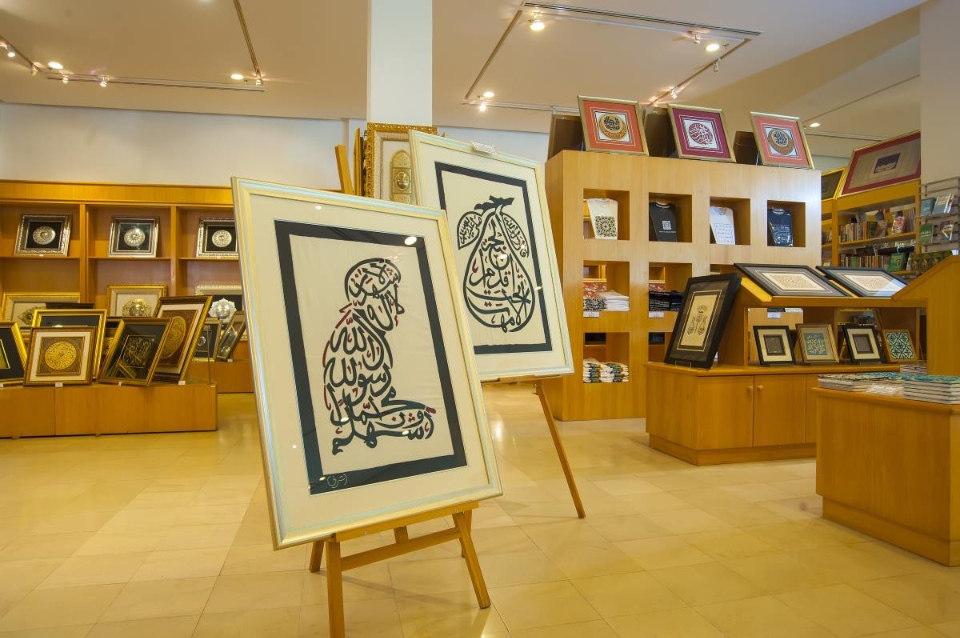
Address: Jalan Lembah Perdana, Kuala Lumpur, Malaysia.
Hours: 10 AM – 6 PM daily.
Ticket price: RM 14 (about USD 3.12) for adults and RM 7 (about USD 1.56) for students.
Best museums in KL: National Museum of Malaysia
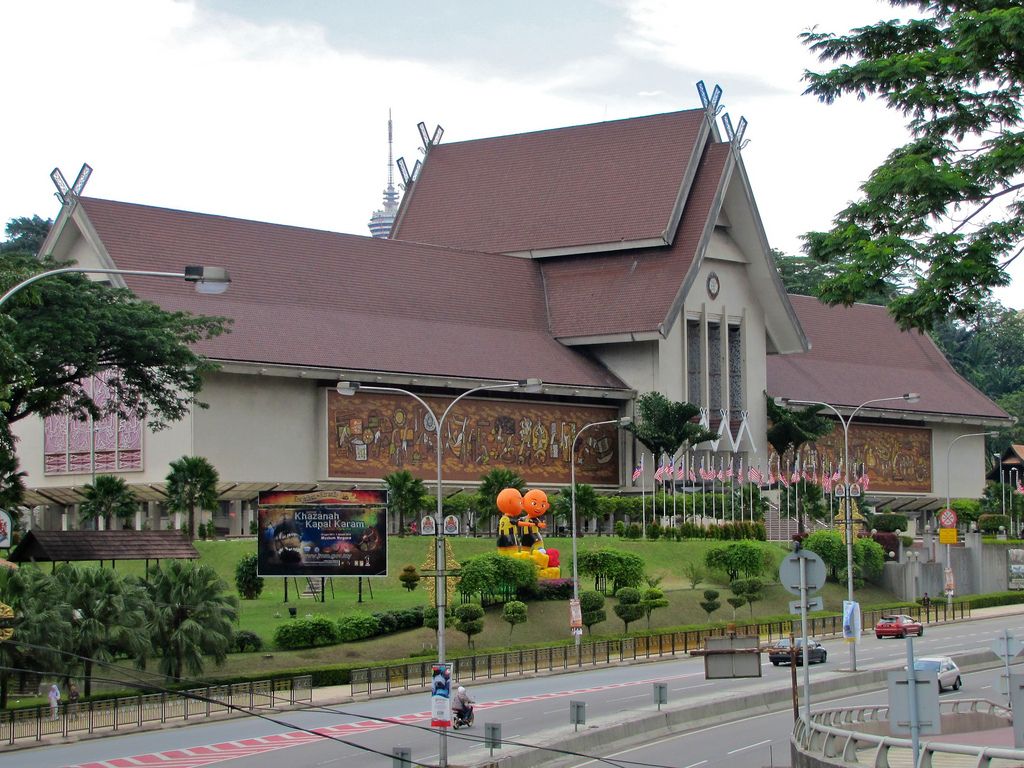
The National Museum of Malaysia is designed in the style and features of the Malay palace in the Minangkabau Gadang period. The museum was founded in 1963 by the new King Agong of Malaysia after the country’s independence. The museum documents human life from prehistoric times to historical events and achievements with countless artifacts, animals, plants, cultural works, Malaysian currencies, and social structures built to preserve Malaysia’s distinctive national identity.
The museum is a building with 3 floors, a traditional Minangkabau-style roof, and the main entrance next to two large frescoes of Italian glass mosaics, depicting the country in major historical events and cultural activities. A few years back, this museum has been renovated, adding an entirely new exhibition gallery. The majority of the National Museum’s collection of original artworks was razed in a bombing during World War II, but the museum still has an extensive archaeological and ethnographic exhibit on display.
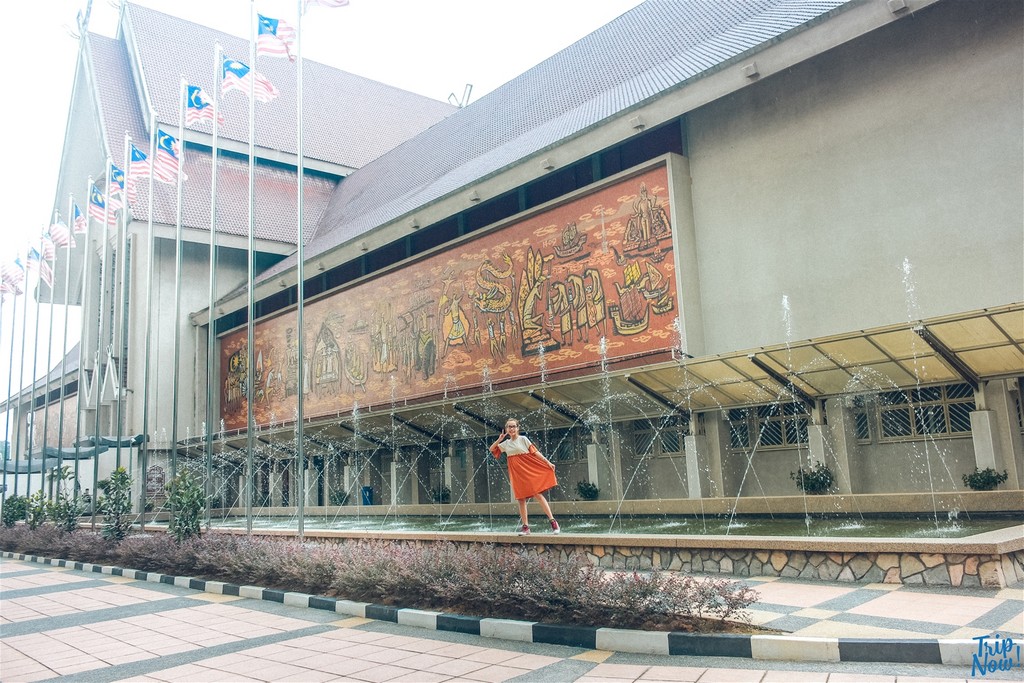
On the ground floor are large-scale ceremonial costumes, depicting traditional Malaysian life (fishing, farming, weaving, etc.) taking place in a Kampung setting. This is followed by a life-size traditional Malacca Baba house, containing beautiful mahogany furniture, ornate tapestries, and exquisite bronze, silver, and gold ornaments. In addition, the museum has a section dedicated to the Malaysian art of Wayang kulit – a kind of wooden puppet theater.

The second floor of the Museum is a huge zoological area with a lot of animals, similar to a hunter’s place. There is also an impressive collection of weapons, including machetes, daggers, swords, cannons, and so on. Walking down a winding distance will lead you to an area dedicated to traditional musical instruments including serunai (a reed with a multicolored head), rebab (an instrument played like a cello), rebana (drums), Kelantan drums, and Chinese gongs, lute and flute.
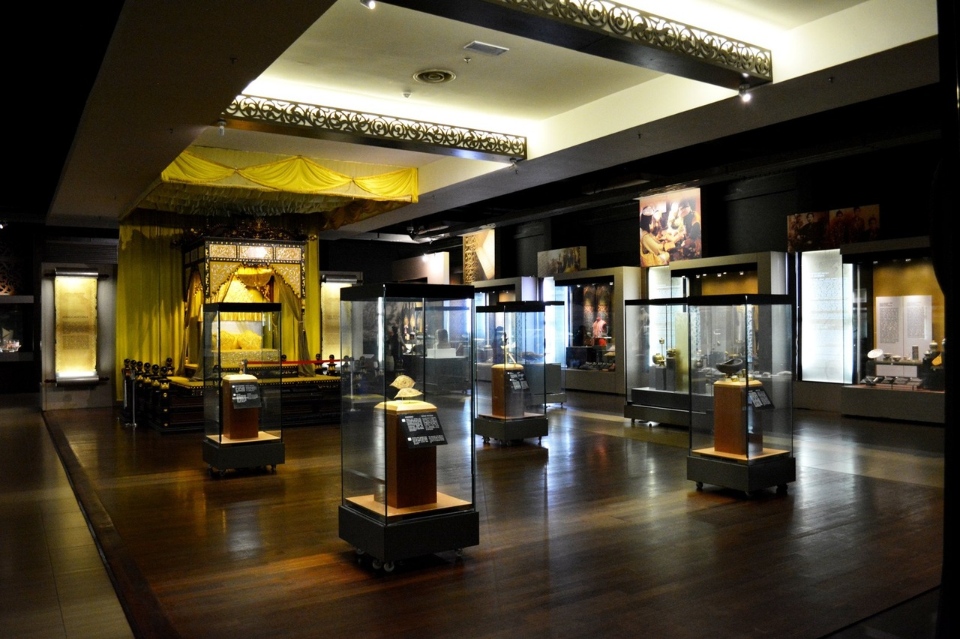
Address: Jalan Damansara, Kuala Lumpur, Malaysia.
Hours: 9 AM – 6 PM daily.
Ticket price: RM 5 (about USD 1)
Best museums in KL: Royal Museum Kuala Lumpur
Royal Museum Kuala Lumpur is situated in Jalan Istana, Kuala Lumpur. This is a tourist attraction that you should not miss if you are into exploring the history associated with royal life and having a curiosity to see what it looks like inside the palace.
The Royal Museum was formerly the National Palace of the Emperor and The Prince. There are a number of private rooms and hallways of the palace, which have been the official residence of the royal family for more than 80 years. Since then, the place has been maintained, remodeled, and preserved to this day. The palace also saw seven coronations of Argon before it officially closed to become a museum in November 2011.
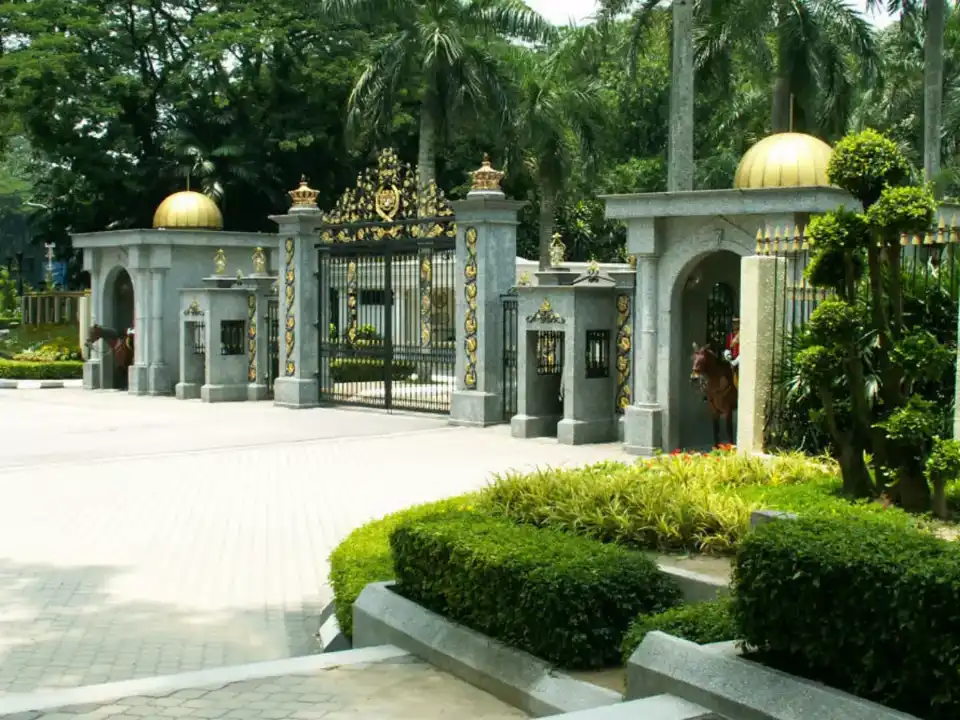
Since it was formerly the splendid, magnificent Royal Palace, the museum consists of two massive floors. The first step will take you to the lush, cool, vibrant palace gardens towards the main building. A little note is that when entering the museum, you are not allowed to wear shoes. So visitors are given a cloth bag to put their shoes in while exploring. You will also be impressed by how all the museum staff is dressed in black uniforms, which is the traditional attire for royal events such as birthday celebrations and coronations.
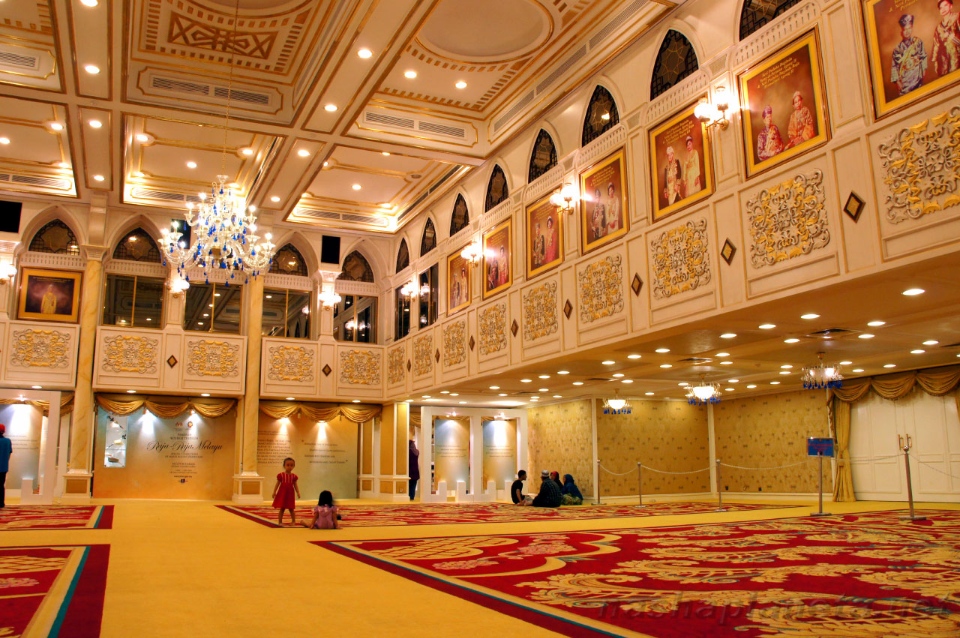
The ground floor of the museum includes a grandstand, dining room, clinic, and a small cinema. The royal clinic consists of full dental facilities and a consultation room. The cinema is equipped with luxurious chairs and a screen with curtains for an intimate atmosphere. However, the entrance to these rooms is blocked with white metal fences to maintain their pristine condition.
On the upper floor of the museum, you will find the royal bedrooms, His Majesty’s office, and the reading room. Adjacent is the royal apartments, which have more restrictive areas of the palace, such as the laundry room, His Majesty’s bathroom, prayer room, and bedroom. Each room is very spacious, with intricate details and meticulous design such as gilded switches and heavy curtains decorating the interior.
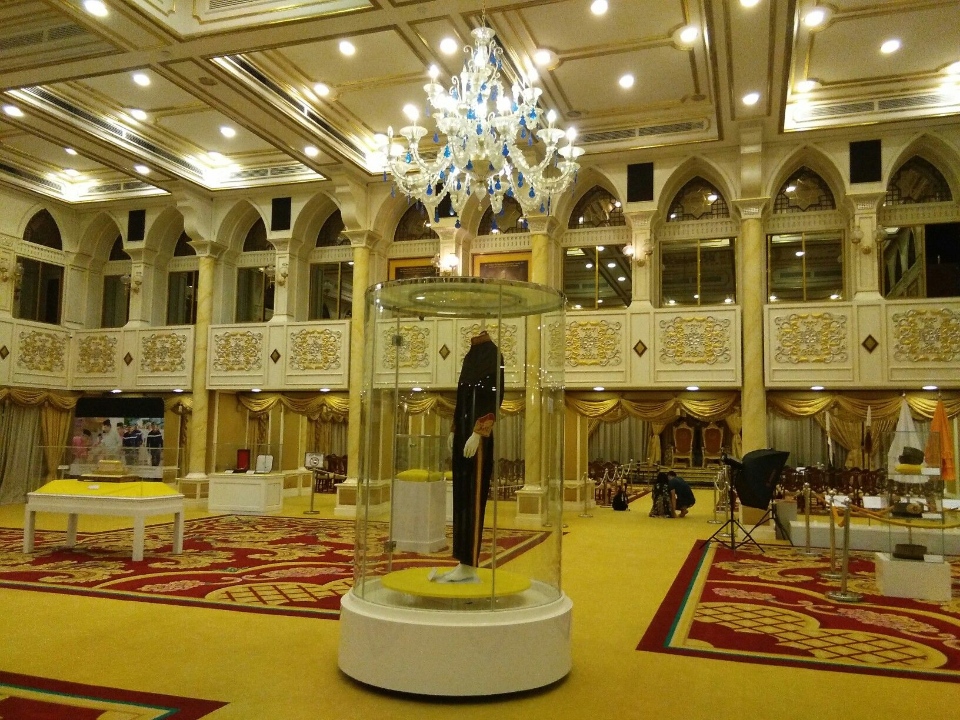
Address: Istana Negara, Jalan Istana, Kuala Lumpur, Malaysia.
Hours: 9 AM – 5 PM daily.
Ticket price: RM 10 for adults (about USD 2.23), RM 5 for children 6 -12 years old (about USD 1).
Best museums in Kuala Lumpur: Royal Malaysian Police Museum

The Royal Malaysian Police Museum is dedicated to the police of the Malaysian royal family. This is quite a special and interesting museum because as its name suggests, the Royal Police Museum is for those who want to learn more about the work and history of the Malaysian police. In the past, the museum was a repository of criminal evidence for police cadets to consult from. However, the museum was later refurbished to accommodate more exhibits and was moved to its current location.
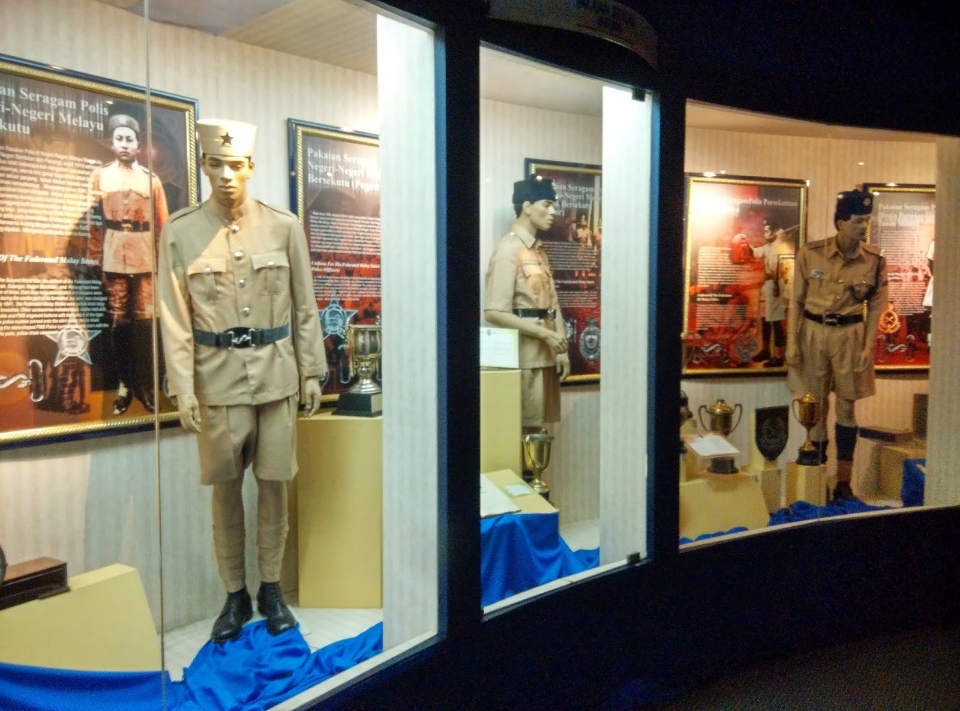
The museum has a traditional look and style with an arrow-shaped wooden structure, the museum consists of three galleries, namely A, B, and C. Gallery A will take you back to the established history of the police team in Malaysia, from the time of the Malay Federation to the present through the display of official police uniforms and traditional weapons such as daggers and cannons. Those interested in the early days of the Malacca Kingdom can also learn about its history and fall through paintings, drawings, and weapons displays. Gallery B focuses more on the official evidence held by the Royal Malaysian Police.
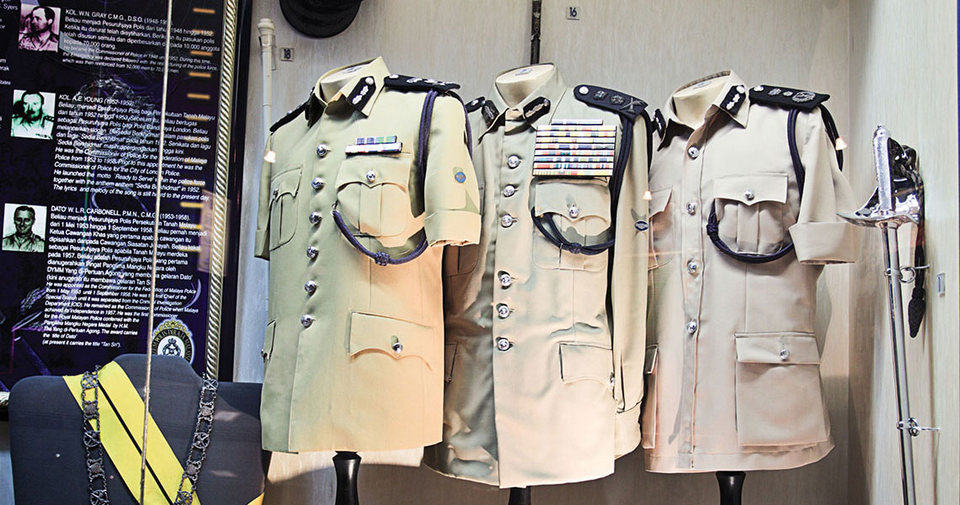
Notable exhibits include weapons confiscated by secret societies that once destroyed the country, especially handmade items from the Botak Chin clan that carried out armed robberies since 1970. Gallery C offers a deeper explanation of the role of the police in several disasters in Malaysia, namely the period of Japanese occupation and the infamous Bukit Kepong tragedy as well as the 1950 armed encounter between the Malayan Police Federation and the Malayan Communist Party.
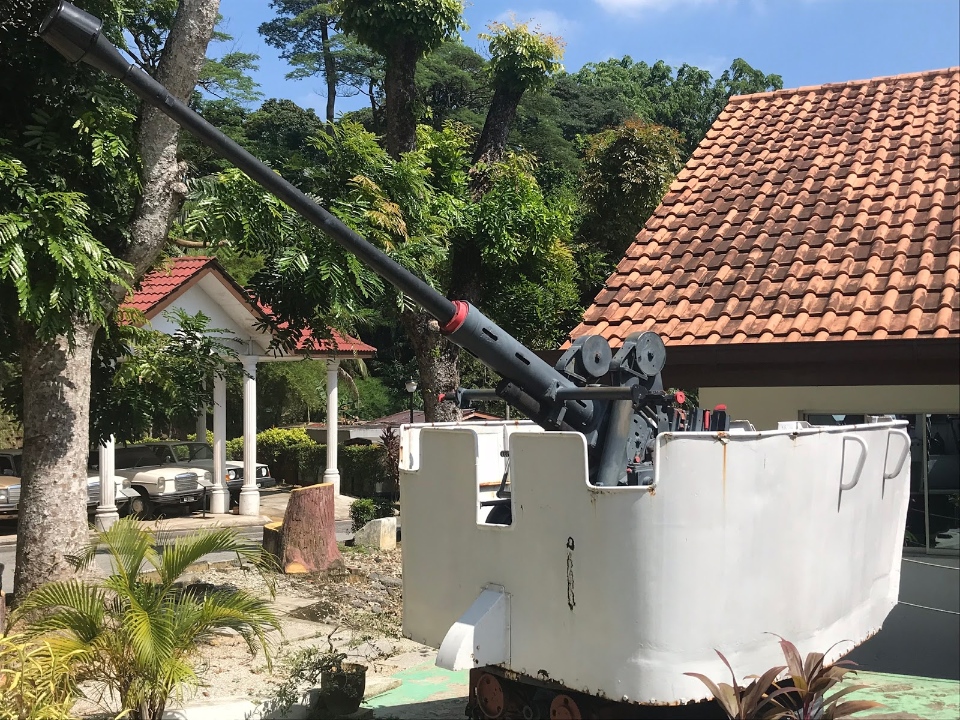
The Royal Malaysian Police Museum houses numerous achievements and rankings of the Royal Malaysian Police Team. Such awards and badges are also on display with a list of the recipients’ names. The Royal Malaysian Police is also known to be very active in sports, and profiles of athletes who are also police officers are on display as well.
Address: 5, Jalan Perdana, Kuala Lumpur, Malaysia.
Hours: Tuesday – Sunday 10 AM – 6 PM/Friday 10 AM – 12:30 PM, 2:30 PM – 6 PM.
Ticket price: Free admissions on weekdays; RM 1 on weekends and holidays (about USD 0.22)
Best museums in KL: Kuala Lumpur City Gallery
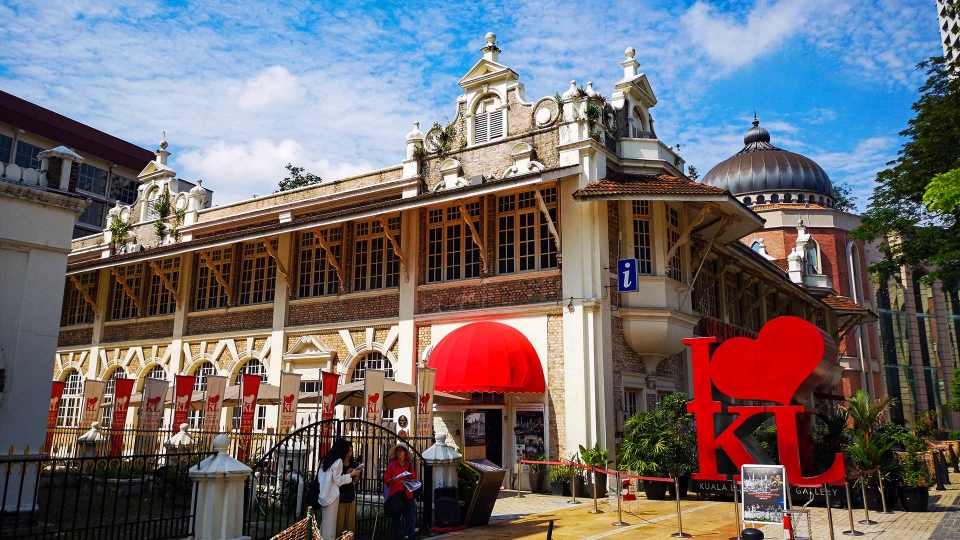
Kuala Lumpur City Gallery is one of the oldest and best preserved colonial-era buildings on Merdeka Square. It is also a museum for tourists to study the history of Kuala Lumpur from its days as an old mining town to the current capital city through beautifully crafted, exquisite models that are very close to real life. An interesting point is that you can choose to buy these models if you love Malaysia or Kuala Lumpur.
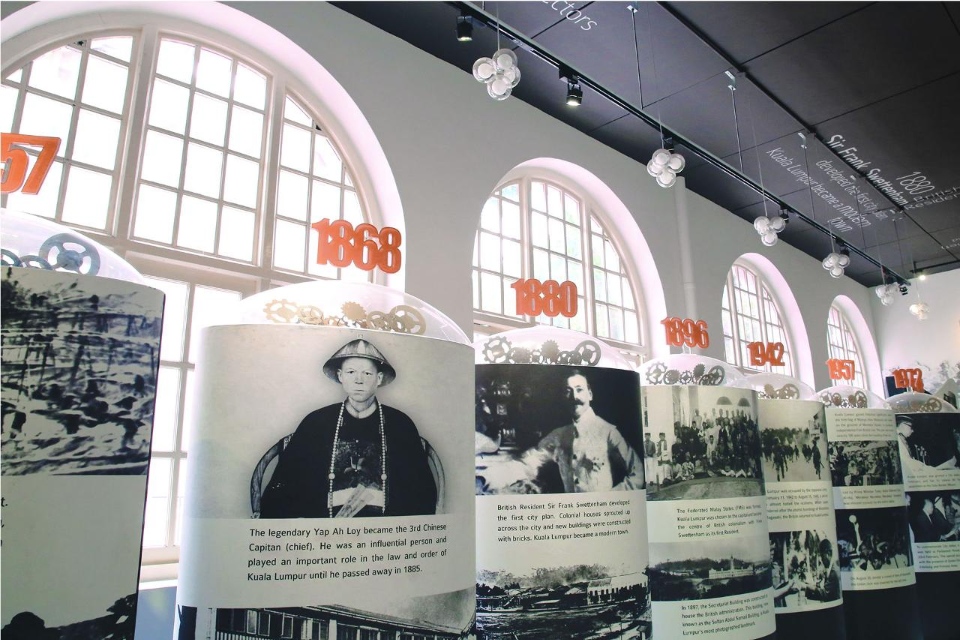
The museum houses collections of paintings and photographs of Kuala Lumpur’s history, and miniature models of the city’s famous landmarks. More specifically, the museum belongs to a part of a colonial-style building with a history of more than 100 years. It offers free admission and a convenient location near the bus stop, attractive to both locals and foreign tourists.
You can find the wall with a timeline documenting Kuala Lumpur’s history, from its origins in the 1850s to the present. Photos of the official breakthrough of the Petronas Twin Towers are fascinating. You will surely be in awe of Malaysia’s historical landmarks. You can also explore some of the images and paintings from the day of Malaysia’s declaration of independence accompanied by brief but informative summaries depicting the event along with audio excerpts. There is also a Kuala Lumpur miniature model and video footage of important events, and multicultural national and ethnic groups’ costumes in different colors are also on display.
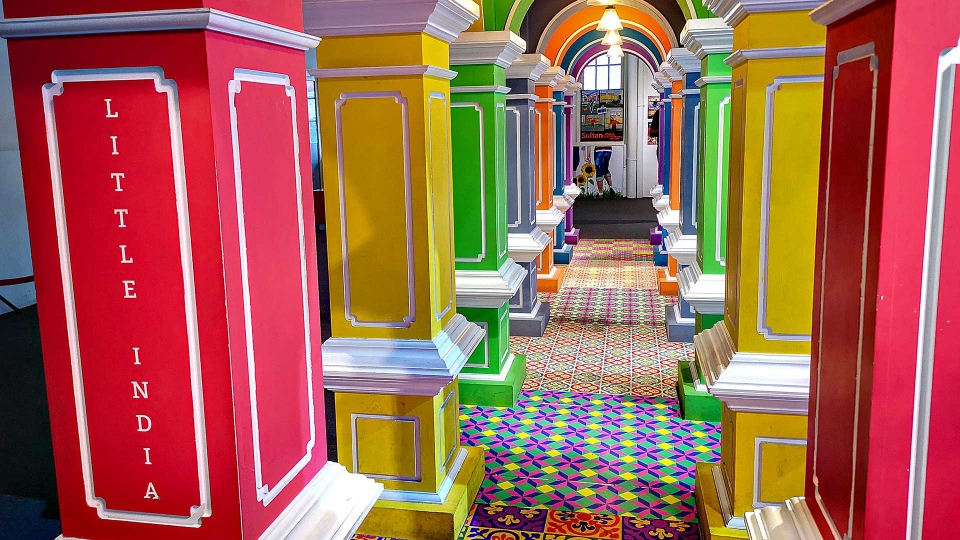
Stop by the gift shop to see locally produced handcrafts such as batik, tin, hand-woven carpets, and so on for some budget-friendly souvenirs. In addition, you can get a free map of Kuala Lumpur from the gallery, which indicates interesting city landmarks so you can plan your trip more efficiently.
Address: 27, Jalan Raja, Dataran Merdeka, Kuala Lumpur, Malaysia.
Hours: 8 AM – 6 PM daily.
Ticket price: Free admissions
Best museums in Kuala Lumpur: National Planetarium in Kuala Lumpur
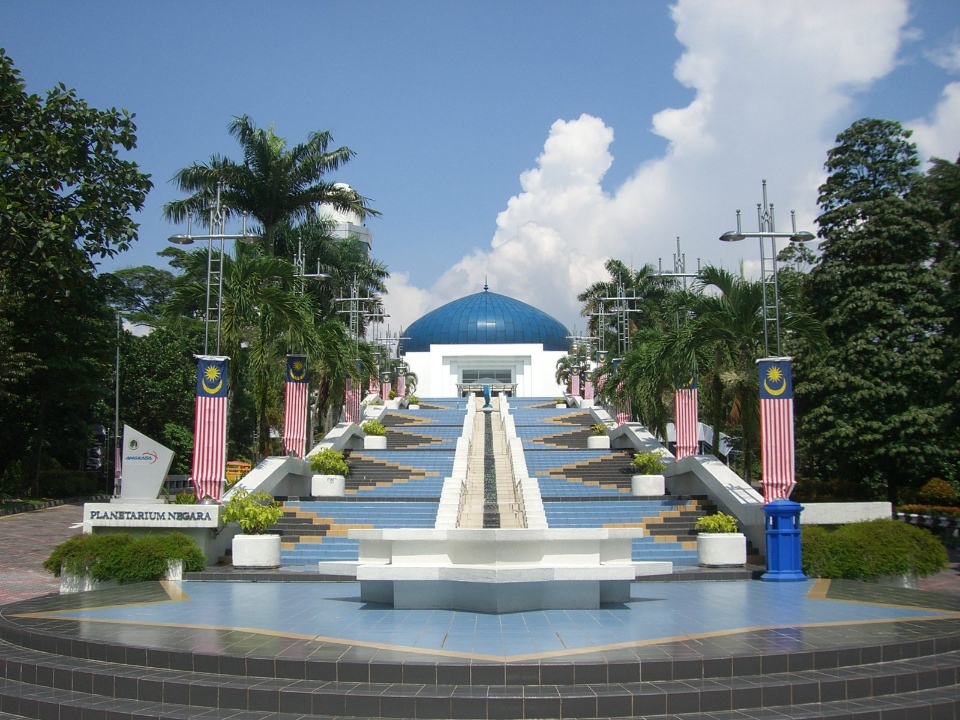
The National Planetarium is an observatory and planetarium in Malaysia, a perfect destination for those who love astronomy. Here, you can gain knowledge of Chinese and Indian research methods, astronomical materials, and graphic charts that have influenced Southeast Asian culture and science since ancient times through carefully reconstructed replicas, videos, and managed logs. When you are here, try looking from the telescope yourself to observe and find some familiar constellations. The National Planetarium Museum collects everything related to science and astronomy. This is an interesting place for children and adults to be educated about planets and the universe.
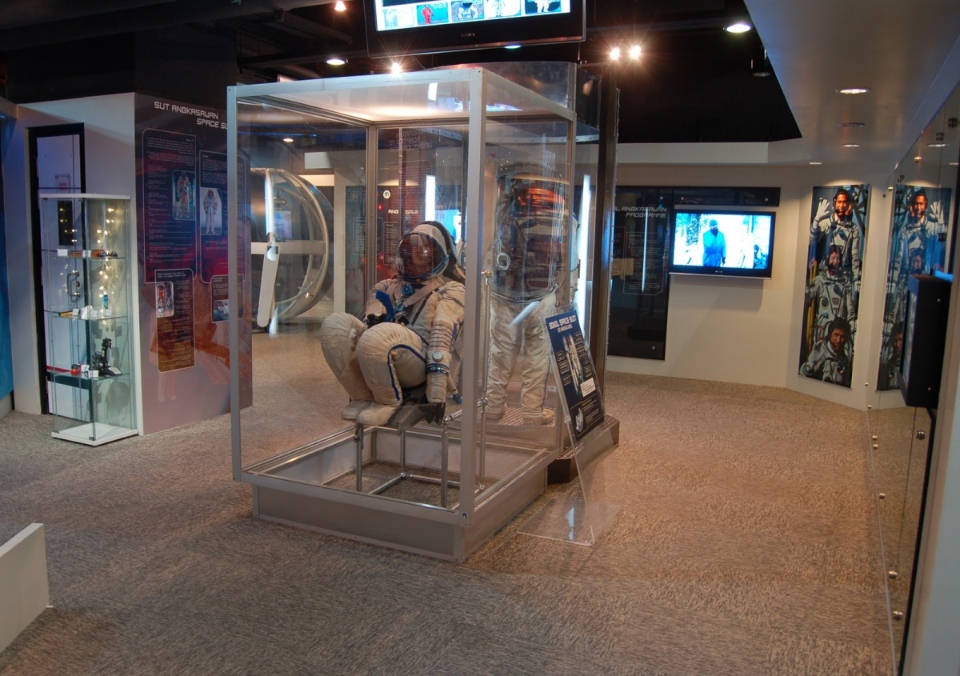
The museum is located on a hill on the east side of Lake Gardens with a blue dome that is easily recognized. If you’re feeling adventurous, try playing with a human-sized gyro device that spins around. There is also a strange UV projector elevator labeled “Observation Gallery” that will take you up to a tower. You will be provided with binoculars here and from this vantage point, you will get the best views of Lake Gardens and the downtown.
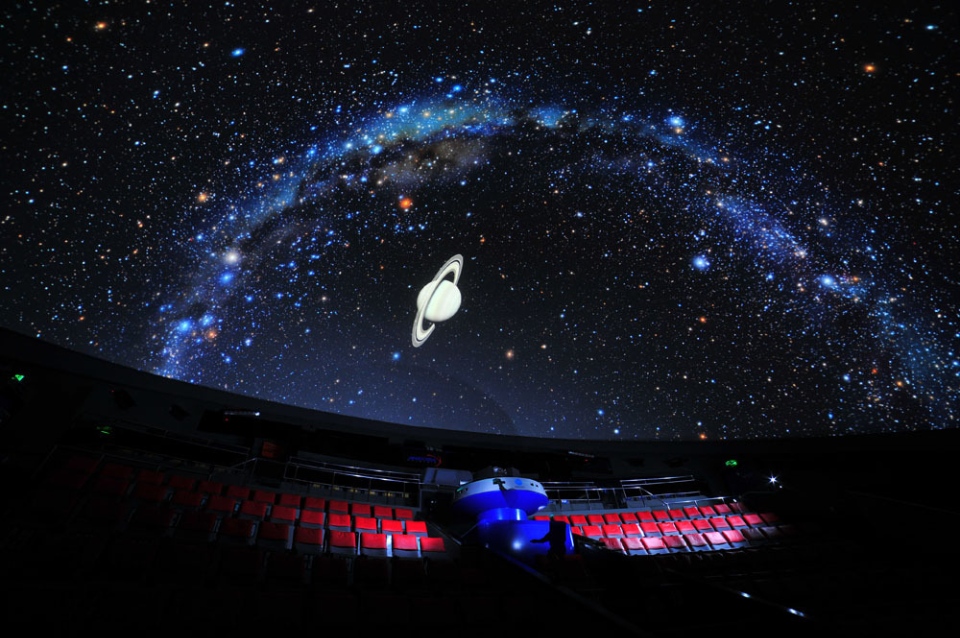
The Space Theater screens short international IMAX space and science films and general documentaries periodically throughout the day, even showing footage from popular movies such as Star Wars. However, the most popular place for tourists is the Observation Park with models of Chinese and Indian astronomical systems where you can see distant planets through telescopes.
Address: 53, Jalan Perdana, Kuala Lumpur, Malaysia.
Hours: Tuesday – Sunday 9 AM – 4:30 PM
Ticket price: Free admissions
Best museums in Kuala Lumpur: National Textile Museum Kuala Lumpur
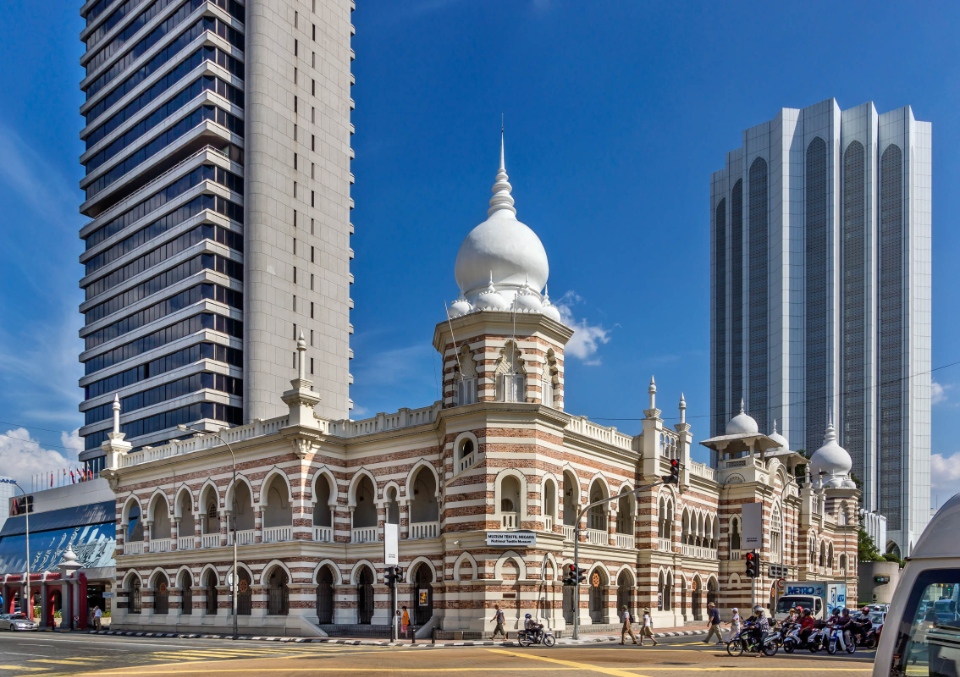
National Textile Museum Kuala Lumpur is one of the most important heritage sites in downtown Kuala Lumpur. The museum opened in 2010 and aims to showcase the textile process and technology, preserving collections of traditional Malaysian costumes, accessories, and textiles in a beautiful Mughal Islamic-style heritage building.
The museum has 4 very elaborate and impressive galleries. The Pohon Budi Gallery showcases the origins of textiles from prehistoric times which developed through trade, as well as textile production tools, materials, and techniques practiced for many years. You can try calendar making, gilding, gold thread embroidery, knitting, beading, and batik painting. Traditional costumes such as embroidered shawls, Iban ceremonial fabrics, songket (hand-woven silk with ornate gold or silver yarn patterns), headgear, and beaded shoes are also among the things not to be missed in this collection.

Pelangi Gallery is a colorful exhibition of batik (printed-pattern fabrics made of wax and dye application) in Malaysia, featuring extensive textile designs from the Chinese, Baba, and Nyonya communities, as well as samples of Sarawakian and Sabahan ethnic groups. The Teluk Berantai Gallery houses an interdisciplinary collection of individual floral designs pieced together into beautiful models.
Located on the top floor of the National Textile Museum, guests can also see Malaysian and Indian textile collections, gold thread embroidery, and various Malaysian heritage costumes. The Ratna Sari Gallery contains a lot of jewelry and accessories made of diamonds, gold, silver, copper, beads, and even plants. Exhibits also include belts, hats, hairpins, pendants, brooches, beaded shoes, bracelets, anklets, cross-wearing bags, dangling earrings, hairpins, rings, weapons, and necklaces.
Address: 26, Jalan Sultan Hishamuddin, Kuala Lumpur, Malaysia.
Hours: 9 AM – 6 PM daily.
Ticket price: Free admissions
In conclusion, Kuala Lumpur has a number of museums that keep and record both the everyday lives of ordinary people and the royal family. Hopefully, through this article, you can choose one or several museums to visit through which you may learn more about the history of Kuala Lumpur city and the entire country of Malaysia.
Some best day tours, trips, activities and transfer services, tickets in, to from Kuala Lumpur you can refer to
- Private Airport Transfers (KLIA/KLIA2) for Kuala Lumpur
- Shared Bus Transfers between Kuala Lumpur International Airport 2 and KL Sentral by AeroBus
- Kuala Lumpur Half Day City Tour
- Kuala Lumpur Suburbs and Batu Caves
- KL Hop-On Hop-Off Sightseeing Bus Pass (24/48 Hours)
- Genting Highlands Day Trip
- KL TravelPass (Metro Card) in Kuala Lumpur
- [SALE] 4G Prepaid SIM Card (MY Airports Pick Up) for Malaysia
- 4G WiFi (MY Airport Pick Up) for Malaysia
- KLIA Ekspres Airport Train Tickets (QR Code Direct Entry)
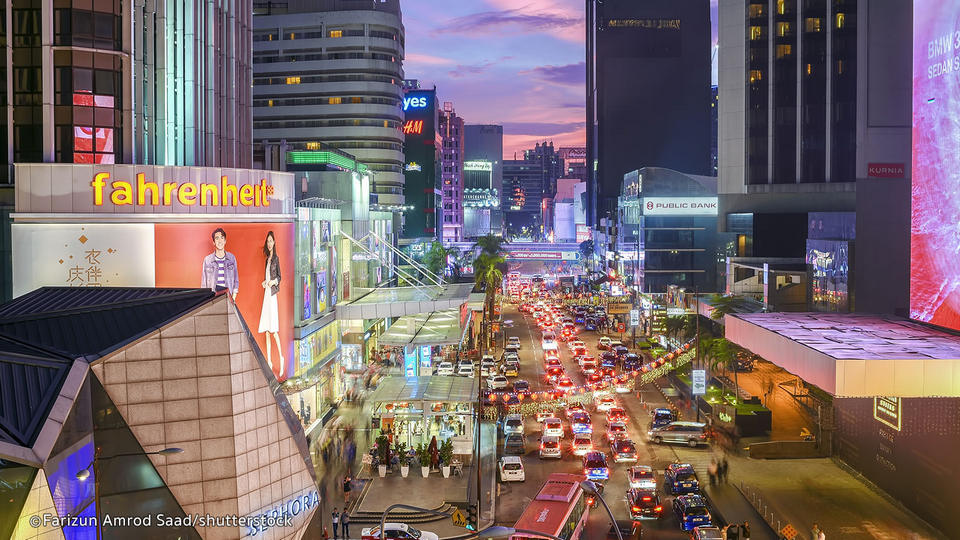
Are you looking for more Kuala Lumpur travel guide and top things to do in Kuala Lumpur: Tours, activities, attractions and other things? Read more: Kuala Lumpur travel blog (KL blog) — The fullest guide for a budget trip to Kuala Lumpur, Malaysia.

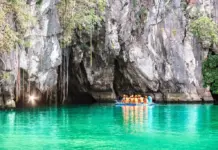






























![10 best airports in Asia in 2016 [RANKED] kuala-lumpur-international-airport-best airports in asia in 2016 by skytrax ratings](https://livingnomads.com/wp-content/uploads/2016/08/29/kuala-lumpur-international-airport-best-airports-in-asia-in-2016-by-skytrax-ratings-218x150.jpg)








